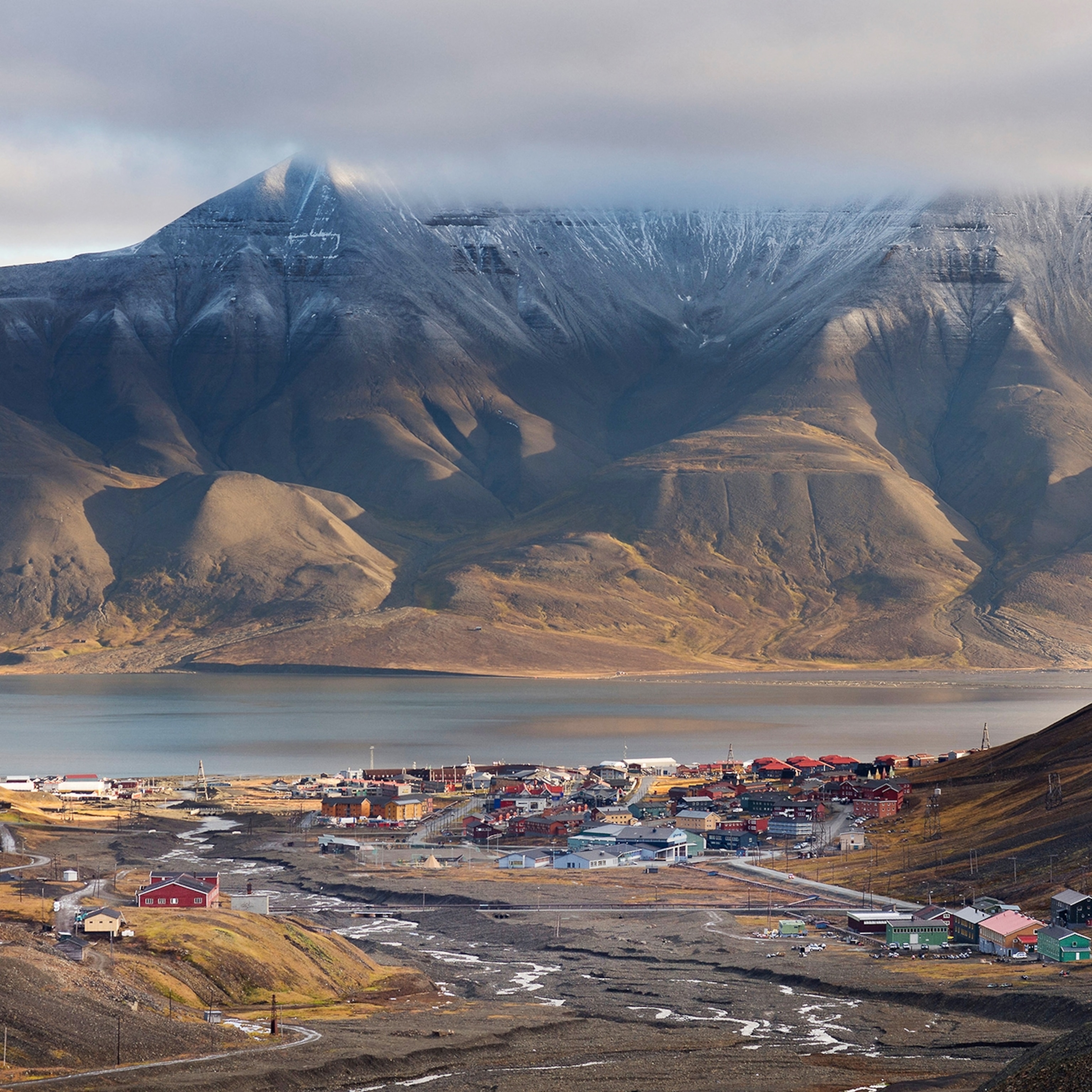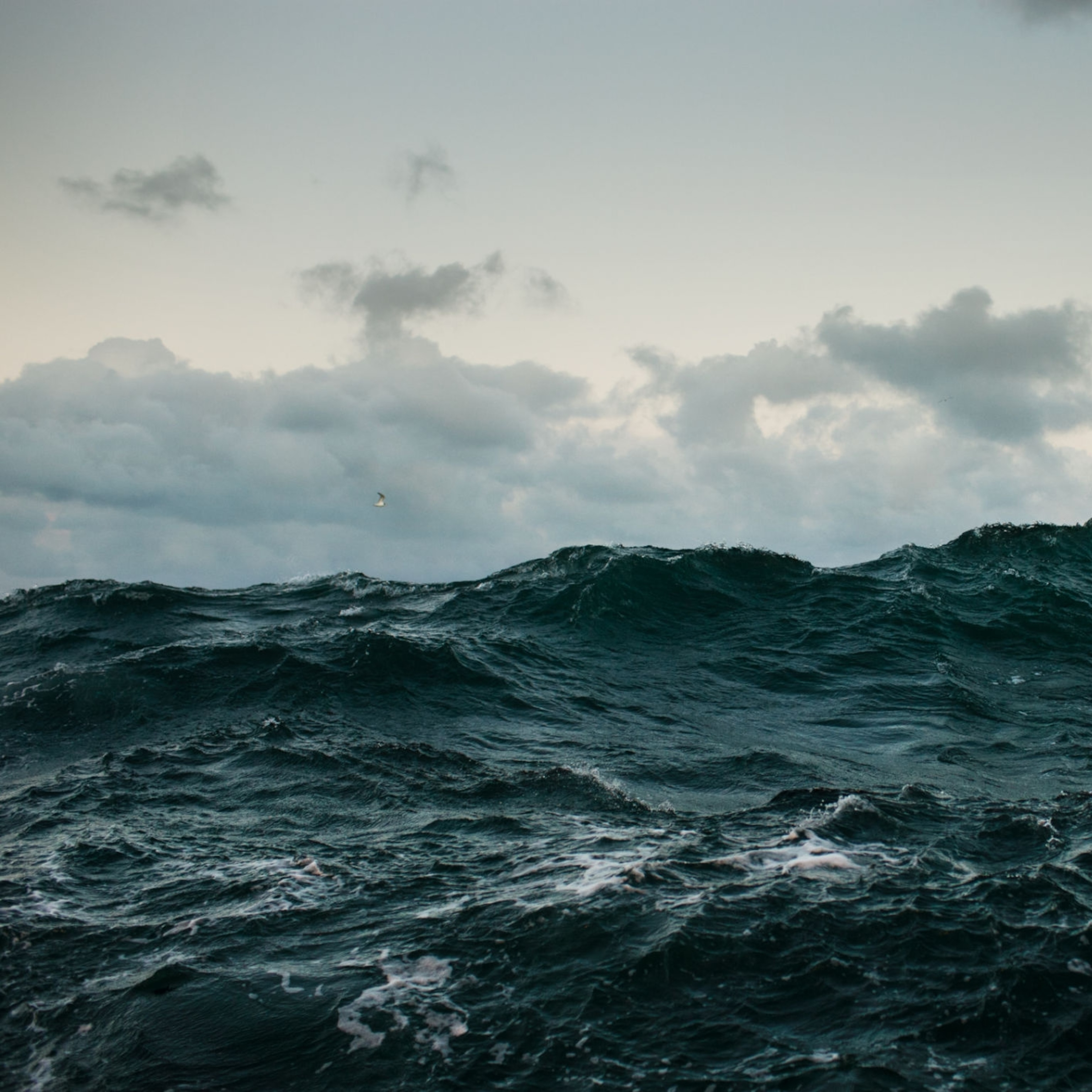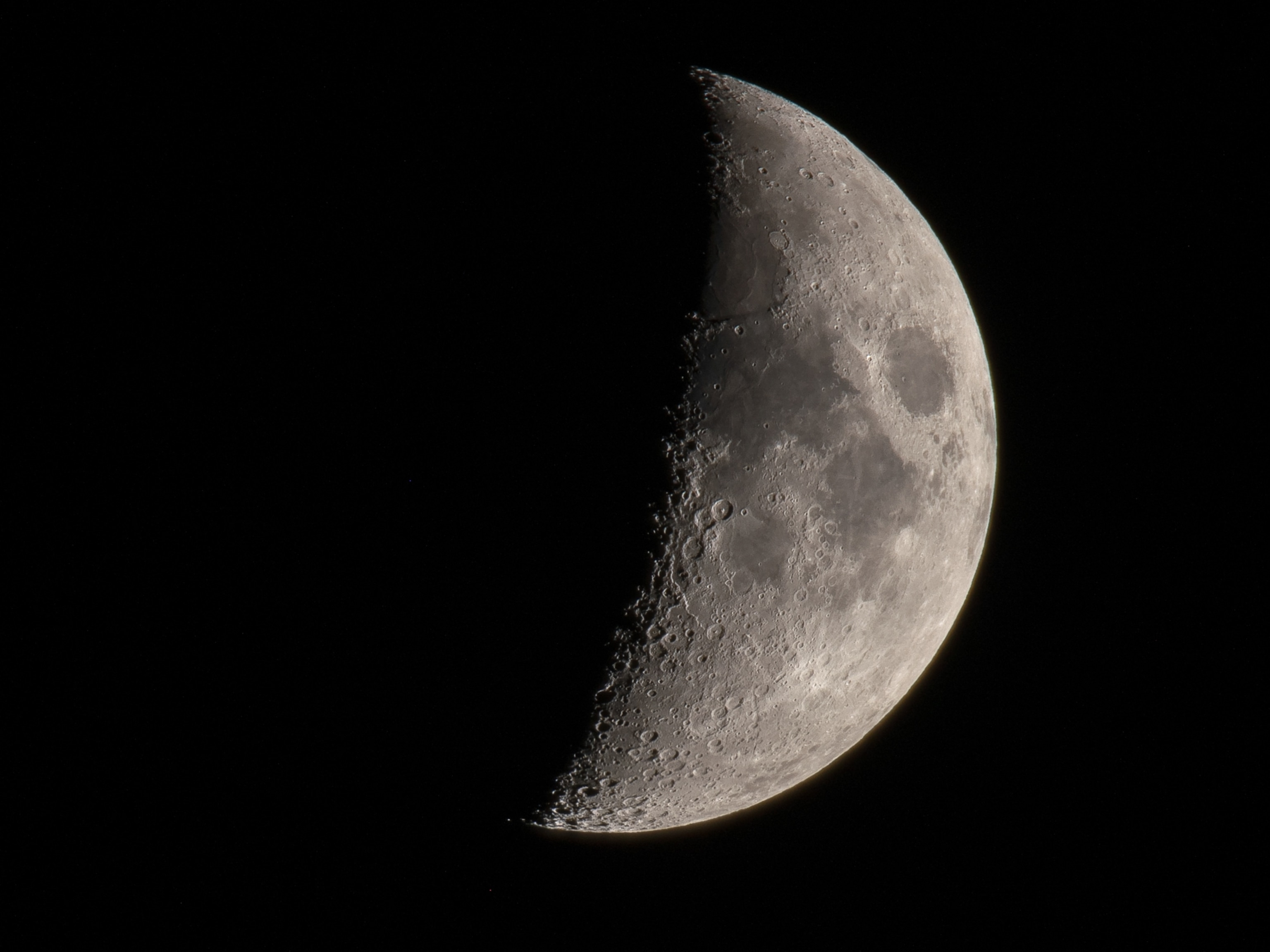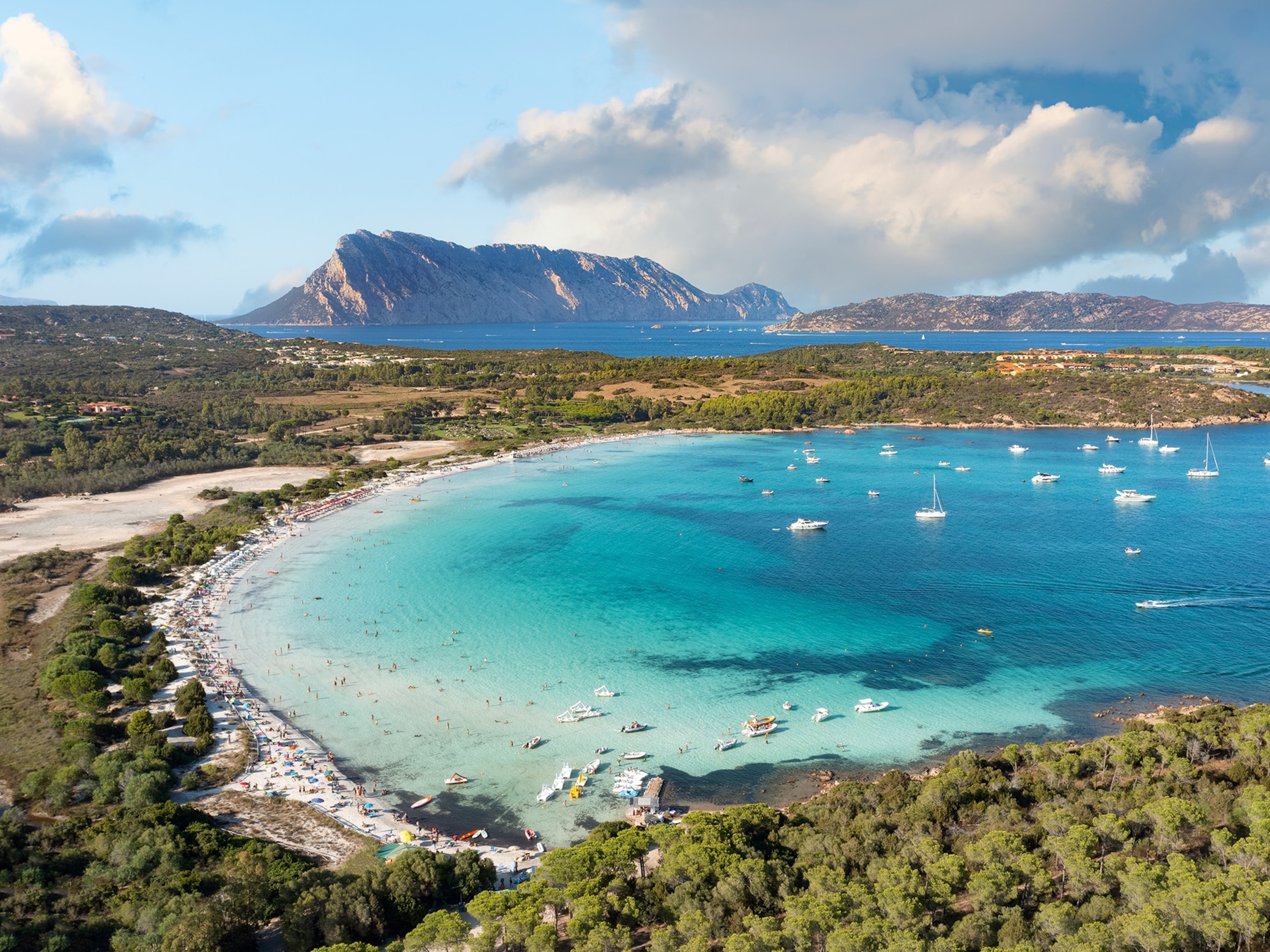
Coast Guard Blames Shell Risk-Taking in Kulluk Rig Accident
The company headed into rough winter waters to avoid Alaska tax liability, authorities conclude.
Shell's drilling rig, Kulluk, ran aground off the coast of Alaska in late 2012 due to the company's "inadequate assessment and management of risks" in icy, storm-tossed waters, said the U.S. Coast Guard on Thursday in its final report on the accident. (See related "Pictures: Errant Shell Rig Runs Aground Off Alaska.")
The new findings further complicate the oil industry's efforts to launch a new era of exploration in Arctic, which is estimated to hold 13 percent of the world's undiscovered oil and 30 percent of its undiscovered natural gas. (See related "Quiz: What You Don't Know About Energy in the Changing Arctic.") The Kulluk accident occurred weeks after Shell* made the first foray into drilling in U.S. Arctic waters in two decades, an effort forestalled by equipment troubles and advancing ice. (Related: "Ice-Breaking: U.S. Oil Drilling Starts as Nations Mull Changed Arctic")
The Coast Guard concluded that Shell made an ill-advised decision to tow its drill rig away from the state, a 1,700-nautical-mile journey across the northern Gulf of Alaska in the final days of December 2012, in part to avoid millions of dollars in tax liability. Under state law, the tax would be assessed on January 1, 2013 if the vessel was still in Alaska waters, the Coast Guard report noted.
The Kulluk could not move under its own power, but had to be towed. The Coast Guard detailed the missteps aboard its tow ship, the Aiviq, and how its fuel tanks were improperly configured, leading to contamination, most likely by seawater. According to the Coast Guard report, the Aiviq tow master sent an email to the Kulluk tow master before the journey: "To be blunt I believe that this length of tow, at this time of year, in this location, with our current routing guarantees an ass kicking."
What ensued was a four-day odyssey, in which the Kulluk broke free of its tow ship in rough seas and drifted out of control close to the Kodiak archipelago, with 150,000 gallons (568,000 liters) of diesel fuel and lubricants onboard. Amid winds as high as 45 knots—more than 50 miles per hour—and seas as high as 18 feet (5.5 meters), the Kulluk's 18-member crew had to be rescued by Coast Guard helicopter. Eventually, the unmanned vessel came to rest just east of Sitkalidak Island (map), an uninhabited but ecologically and culturally rich site north of Ocean Bay. (See related, "As Arctic Melts, Effort to Test Oil Spill Clean-up Technology.") The Kulluk was eventually towed to Asia, and is currently out of commission.
An environmental disaster was averted, because Kulluk's fuel tanks in the center of the vessel, encased in steel, showed no sign of breach. But the incident deeply undercut Shell's assertions that it put safety considerations first in its pioneering Arctic exploration program. (See related, "In Kulluk's Wake, A Deeper Debate Roils on Arctic Drilling.")
"This is an absolutely damning report by the Coast Guard," said Alex Taurel, deputy legislative director of the League of Conservation Voters. "We can't trust Shell or any other oil company to operate in such an environmentally challenging and sensitive area like the Arctic Ocean."
Cindy Shogan, executive director of the Alaska Wilderness League, added, "The information revealed from the Coast Guard investigations just adds to what we already suspected about Shell and its mishaps and serious errors during its 2012 drilling program. Shell lied, Shell's equipment failed, and Shell's crew caused significant human error leading to the Kulluk running aground in 2012."
Shogan reiterated calls for U.S. President Barack Obama to institute a moratorium on Arctic drilling. Alaska Wilderness was one of 16 environmental groups that wrote an open letter earlier this year urging that Shell not be permitted to return to the Arctic as planned this summer after suspending its plans for 2013. But Shell, with a new chief executive recently installed, soon thereafter made its own decision that it would not return to U.S. Arctic waters this year. (See related blog post: "Shell Suspends Arctic Drilling Plan for 2013.")
After the Coast Guard's report, Shell issued a statement saying the Coast Guard had conducted a "thorough investigation" and the company would "take the findings seriously." Shell said it had already implemented "lessons learned" from its own internal review of the incident.
Critics of Shell's drilling plans for the Arctic long have pointed to the potential difficulties for responders because the nearest Coast Guard station to the drilling sites in the Beaufort and Chukchi seas is more than 1,000 miles away. Luckily, the Kulluk accident did not occur in the Arctic, but off Alaska's southern coast, with the Coast Guard near at hand.
The 266-foot (81-meter) Kulluk was a 29-year-old vessel when it set out on its ill-fated Arctic expedition in 2012. It had undergone a $292 million retrofit by Shell to harden it for harsh Arctic conditions.
The Kulluk beached off one of the larger islands in the Kodiak archipelago, a land of forest, glaciers, and streams about 300 miles (482 kilometers) south of Anchorage. The American Land Conservancy says that Sitkalidak Island's highly irregular coastline traps abundant food sources upwelling from the central Gulf of Alaska, attracting large numbers of seabirds and marine mammals. The largest flock of common murres, a type of large auk, ever recorded by the U.S. Fish and Wildlife Service is in Sitkalidak Strait, which separates the island from Kodiak. Sitkalidak also has 16 wild salmon rivers and archaeological sites tied to the Alutiiq native peoples dating back more than 7,000 years.
Shell spent at least $4 billion on leases for U.S. Arctic oil exploration, and several other companies, including ConocoPhillips, also have been eyeing locations in the U.S. Beaufort and Chukchi seas. Shell's decision not to return in 2014 halts U.S. Arctic drilling for now, although exploration is advancing in other parts of the far north as sea ice retreats, most notably in Russia. (See related, "Arctic Shipping Soars, Led by Russia and Lured by Energy.")
*Shell is sponsor of National Geographic's Great Energy Challenge initiative. National Geographic maintains autonomy over content.








